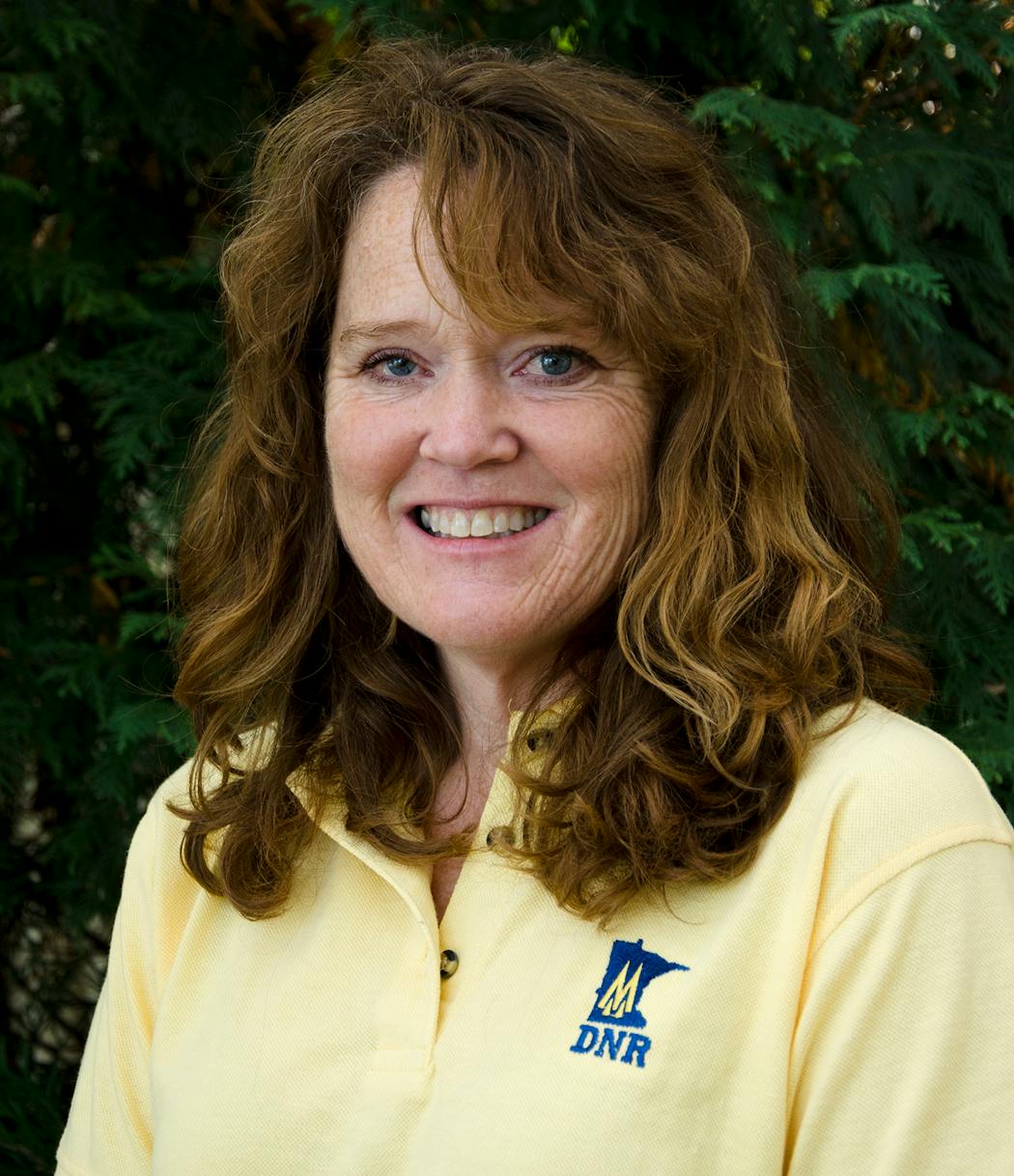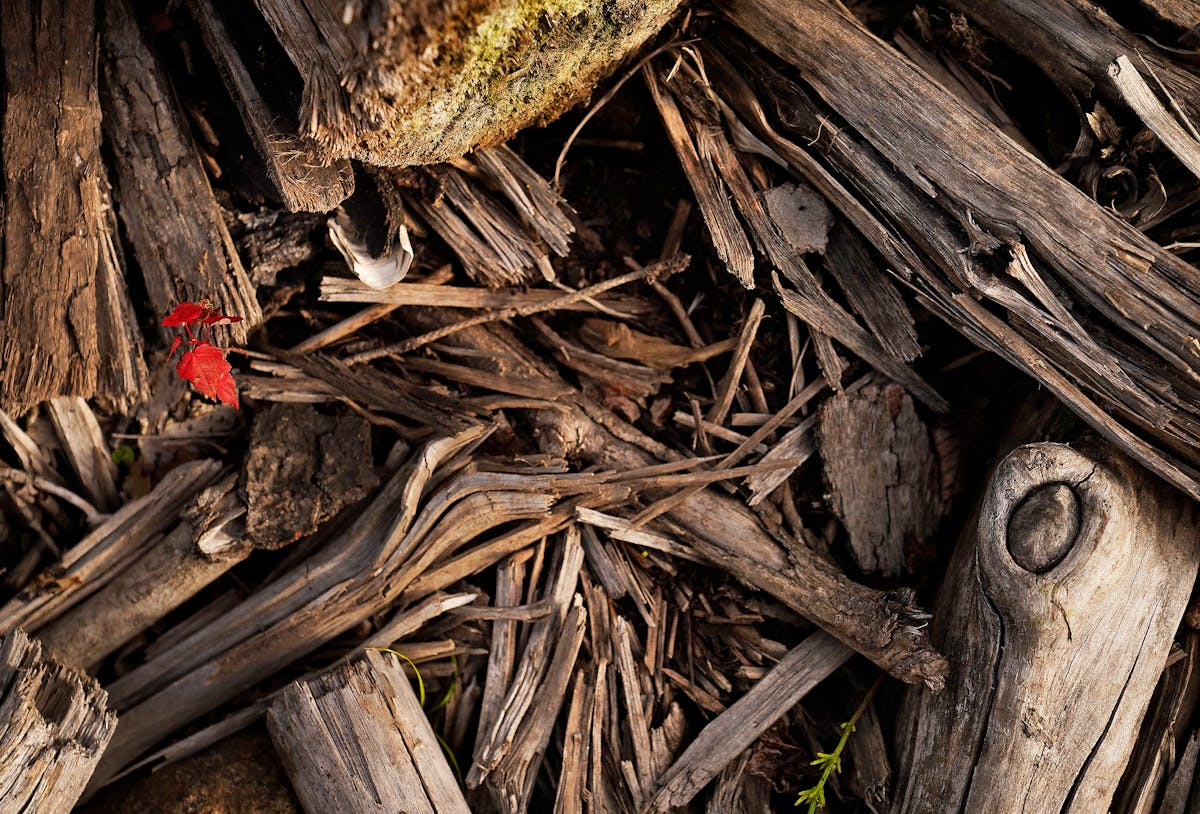As she approaches her first year directing the vast state parks and trails system, Ann Pierce said a key expectation remains making sure all Minnesotans see the welcome mat.
A relevant question heading into 2023 and a new legislative session is will the Department of Natural Resources (DNR) get the money it says is needed to upgrade aging facilities and amenities that, in some spots, perhaps aren't so welcoming.
"We want to keep up with maintenance so that people have a positive experience," Pierce said, adding that the climate's whipsaw of moisture and drought, for example, has added a new level of stressor to some infrastructure.
Last session, the DNR requested $318 million for a range of work, from building upgrades to boat ramps, but partisan legislative squabbles left major spending bills in tatters.
And despite a record $9 billion surplus.
The agency has a biennial budget of $1.3 billion, with Parks and Trails, the largest division, the second-biggest spender after Fish and Wildlife.
The DNR has yet to divulge its 2023 request, but agency commissioner Sarah Strommen signaled last month to the Star Tribune that she'll return with a one-time request and she referenced the parks as an example of an area of acute need.
Pierce, who replaced Erika Rivers as Parks and Trails Division director in February, talked this week about 2023 priorities; about her background as a plant ecologist and lands coordinator and its impact on her new job; and the DNR's dedication to making parks and trails more accessible to a variety of Minnesotans. The interview has been edited for length and clarity.
Q: Are there certain parks or trails that hold a special place for you, knowing your prior roles in Bluff Country?
A: I spent 10-plus years down in the bluff lands, and it is a gorgeous place. It is beautiful. It has so much diversity in a very short area. You can go from bluff prairies to maple-basswood forests within 100 feet of each. This summer I was down in a spring in Beaver Creek Valley State Park and I thought, this is the perfect place to cool off. Plus, there are no mosquitoes. Such a unique kind of experience and such a gem for Minnesota.
This fall I took a trip up to Itasca for a work trip and my daughter came with me. My daughter was going to spend the day at the [Mississippi River] headwaters. Just the same kind of experience: A gorgeous place, with unique ecological features. Another gem. As I have been in this position, I've been going to parks, like Glendalough in the prairie area. It has some really unique things in it. We get a lot of opportunities that other parks don't have. So what I realized is, Minnesota is really lucky. We have a lot of beautiful parks, and they all have such wonderful natural resources and they are all different.
Q: How has your science and biology background meshed with your current job and informed you as parks and trails director?
A: One, the parks system is working on a number of things like the bison reintroduction and butterfly work that is science-based. We are making sure we are doing it in a way that is beneficial to the species, that we are learning things from it, that we are doing it in partnerships. Those things are really obvious where my background comes into play, but I see expansion and where, as a system, we can play a role where people have their first tangible, nature-based activities. They expect to have some form of education or information provided in those settings. I think it is a really good opportunity to bring that science to the parks and talk more deeply about natural resources and pull in those that you are seeing at that park. Talk about the importance of those. How our lives are dependent and interdependent on those resources in other settings and not just the state parks.
Q: You said when you first became director that you were eager to expand parks and trails' efforts to get more people from all backgrounds involved in the outdoors. Have you been able to make headway?
A: I walked into a system that was working on that. What I have done is help support and continue that work. What makes me excited, for example, is the track chairs that we introduced at the beginning of the summer. What a change that provided to a lot of people [with disabilities] who didn't have the opportunity to go down those trails independently. We have these opportunities to help people learn in a comfortable setting and make sure they are feeling welcome in those areas. That is something that the division has had as its beacon. It is important to the staff.
Q: Commissioner Strommen talked in autumn, ahead of the agency's budget request to come. Last year it was $318 million, and she said it could again be at that level. What can you tell me about the priorities for parks and trails?
A: What this looks like, who knows right now? Some things we are grappling with have to do with the increase in visitorship. During COVID a lot of people discovered the state parks and trails, which is great. That increase has stayed up, so we need to make sure the experience we provide for visitors is what we want. And now May and October, we have as many visitors sometimes that we do in July. That is a shift to our visitor pattern. So we have expanding seasons; shoulder seasons are getting longer. Part of that shoulder season has to do with our changing climate. April is warmer than it used to be. October is warmer than it used to be. People are out there more.
We have some backlog in maintenance. Our trail systems — making sure we can repair the blacktop. The other piece related to resources is how our weather patterns are, we are getting high water vs. low water … that sort of changing pattern impacts your infrastructure. We have ongoing maintenance needs that are not always being met. Water access sites have increasing demands because of traffic. We have infrastructure across the state that is 50-plus years old and there are accessibility issues with some of that. Trying to bring that up to where everybody can use it is another piece we are trying to keep in the forefront.
The pieces we were looking at last year are still there [from last year's budget request]. The other side of that is a different 'ask.' It may end up being the same money but it is a different ask. Just keeping up with those maintenance needs and keeping up with those accessibility needs at some of the older facilities. I think those priorities are still there.
Q: In the context of needed funding and strategies, are increased annual park permits or state trail bike use fees on the table?
A: That hasn't been part of the conversation. One thing that is important to us is the thought of accessibility and equity. We want to make sure everyone can do this. What we talk about is, how can we have a solid base funding but also make sure that funding is still allowing for accessibility and equity?
Q: What are some new recreational opportunities in the offing?
A: There certainly are ongoing projects and it is hard to say when they will be done. One of the things we opened up this summer is the St. Croix State Park Visitor Center, which has been designed for accessibility for people who can't see well. There are sculptures where they can feel what is being talked about, and there are hearing aids that help people understand the displays. We also worked closely with [the Mille Lacs Band of Ojibwe] so we were reflecting all the cultures. I think that is an exciting piece that has to do with broadening what we are doing at state parks: That is welcoming and accessible. Some [projects] are being delayed in ways we haven't expected.
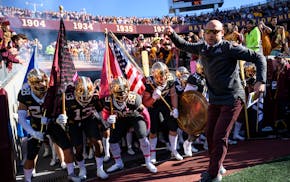
Two offensive tackles, linebacker are first to commit to Gophers in 'Summer Splash' weekend
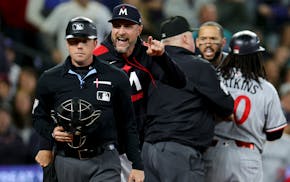
Twins' Correa ejected from on-deck circle, and he's not really sure why
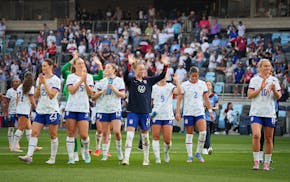
Neal: Girma returns to United States national team and rewards fans with her classiness

Twins' inability to score in extra innings costly in wild loss at Seattle

